| Structure | Name/CAS No. | Articles |
|---|---|---|
 |
Ethanol
CAS:64-17-5 |
|
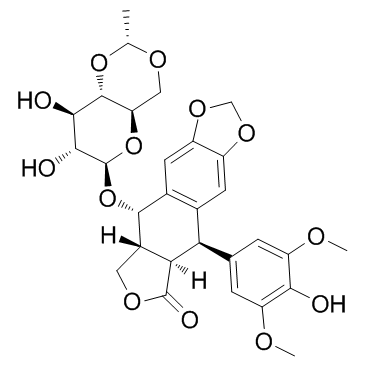 |
Etoposide
CAS:33419-42-0 |
|
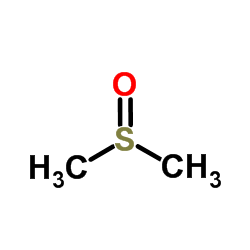 |
Dimethyl sulfoxide
CAS:67-68-5 |
|
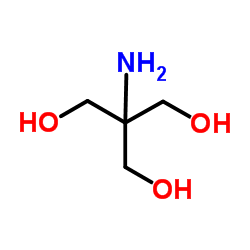 |
Trometamol
CAS:77-86-1 |
|
 |
Nutlin-3a
CAS:675576-98-4 |
|
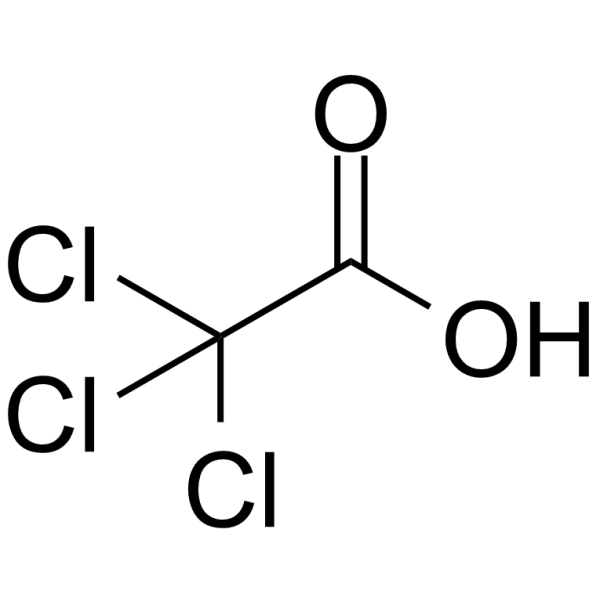 |
Trichloroacetic acid
CAS:76-03-9 |
|
 |
acetic acid
CAS:1173022-32-6 |
|
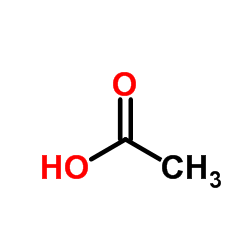 |
acetic acid
CAS:64-19-7 |
|
 |
Propidium Iodide
CAS:25535-16-4 |
|
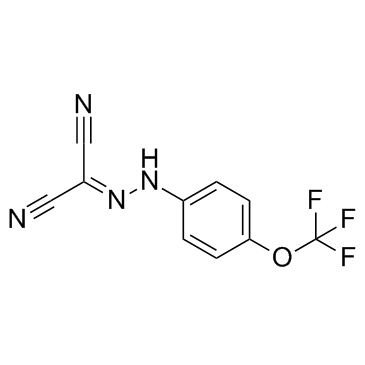 |
FCCP
CAS:370-86-5 |